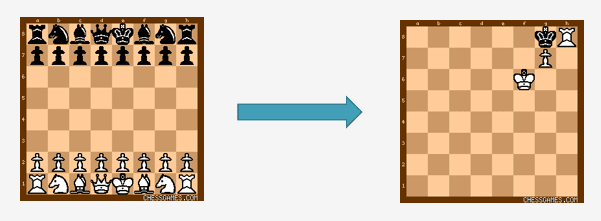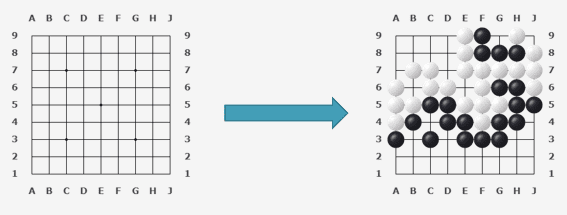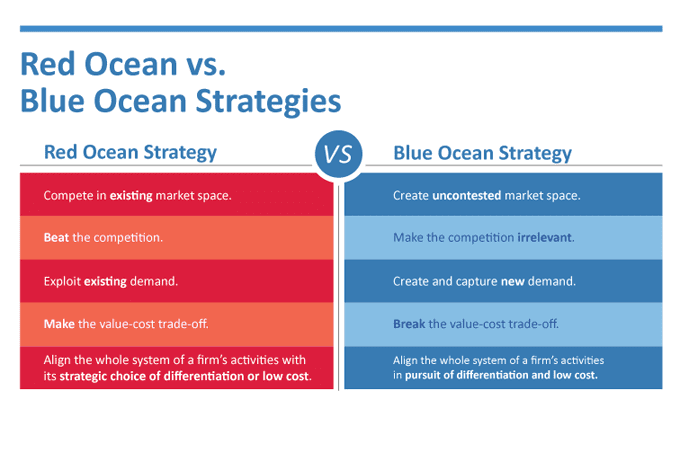In business, we are always seeking guidance and direction. The complex nature of business leads us to look for frameworks and philosophies that will inform our decision-making.
We are often asked during our classes, webinars, and presentations, "How did you apply the art of war in your business?"
We'll discuss exactly this topic here.
The Origins of Strategy
"War is a clash between major interests....Rather than comparing it to art we could more accurately compare it to commerce, which is also a conflict of human interests and activities."
Sun Tzu & The Art of War
His the Art of War has become a classic of military strategy. It is one of the best-selling -related books of all time and it is studied by MBA students around the world.
Unfortunately, the combination of arcane language and the challenge of translating military concepts into mercantile concepts makes the Art of War difficult to understand.
This is an ancient publication - people often ask "What is the Art of War best translation?"
I personally prefer the translation by Lionel Giles Sun Tzu on the Art of War (London: Luzac & Co., 1910).
The Art of War is readily available on Amazon, or, if you are looking for a Sun Tzu Art of War pdf, you can get it here. Finally, if you are looking for the Art of War summary, you can get it here.

Winning Without Fighting
One of Sun Tzu's primary principles is to win without fighting. While this may seem counter-intuitive, an in-depth look at the concept reveals some elegant insights.
"Battles are dangerous affairs."
"He who struggles for victory with naked blades is not a good general."

Contrast this with the ancient Chinese game of Go. In a game of Go, each side works to capture terrain with his pieces. At the end of the game, the board is full of pieces, with the winner holding more terrain than the loser. While it is possible to capture an opponent's pieces in Go by surrounding them, this is a secondary objective to that of capturing and holding terrain.

The comparison between these games is an excellent illustration of the idea that there are different ways to win, and the superior way is usually to do so without direct conflict that results is losses of resources in order to win - a Pyrrhic victory.
The Art of War Applied to Business
As you plan your business strategy, seek to control most of the market (market share - or terrain in Sun Tzu’s lingo). You should seek to control this market share with the smallest possible investment of resources. Don’t attempt winning by destroying your competitor through endless fighting.
An excellent application is to use the Art of War for business management strategic planning. The principles outlined in the book are highly applicable to competitive business situations. Using these principles can make your strategic planning more effective.
Using a business wargame to role-play various scenarios and outcomes can be a powerful way to use these principles in planning your strategy.
To win without fighting may need the use of deception, subtlety, and other less obvious tactics. Asymmetric concepts like the effective use of agility (which is a strength of many small businesses) or competitive intelligence can also be effective winning methods. Being agile, slippery, unconventional, and employing unexpected actions can all be tools to win without fighting.
Is the Art of War still relevant - the sheer number of MBA students and military officers reading the book after thousands of years of history should answer that question with a resounding yes!
Blue Ocean Strategy

This strategy concept is an approach to winning without fighting. The idea of opening up a new market space and creating new demand are ways of growing revenue without engaging directly with your competition.
How Can The Art of War be Applied to Life?
This is a big question and one that we can't fully address in this article, which is focused on the Art of War as a business guide.
But it is clear that the Art of War is a handbook on how to manage conflict, focus on strengths, and protect weaknesses. These are all good concepts for day-to-day life.
A careful reading of the Art of War will deliver many interesting insights into how to manage one's daily life and the interactions with family, friends, acquaintances, and enemies.
Final Thoughts
Use the Art of War in Your Business
Asymmetric, led by former Army Delta Force operator and corporate executive, Mark Hope, can help you implement these ideas in your business. You can contact Mark by email at mark.hope@asymmetric.pro, or by telephone at +1 866-389-4746, or you can schedule a complimentary strategy discussion by clicking here. You can read all of his articles on Medium.


Mark Hope
Mark A. Hope is the founder and CEO of Asymmetric Marketing – a unique agency specializing in building high-performing sales and marketing systems, campaigns, processes, and strategies for small businesses. Asymmetric has extensive experience with organizations across many industry segments. If you would like some help in implementing ideas like these in this article, feel free to give Mark a call at 844-494-6903 or by email at mark.hope@asymmetric.pro.

